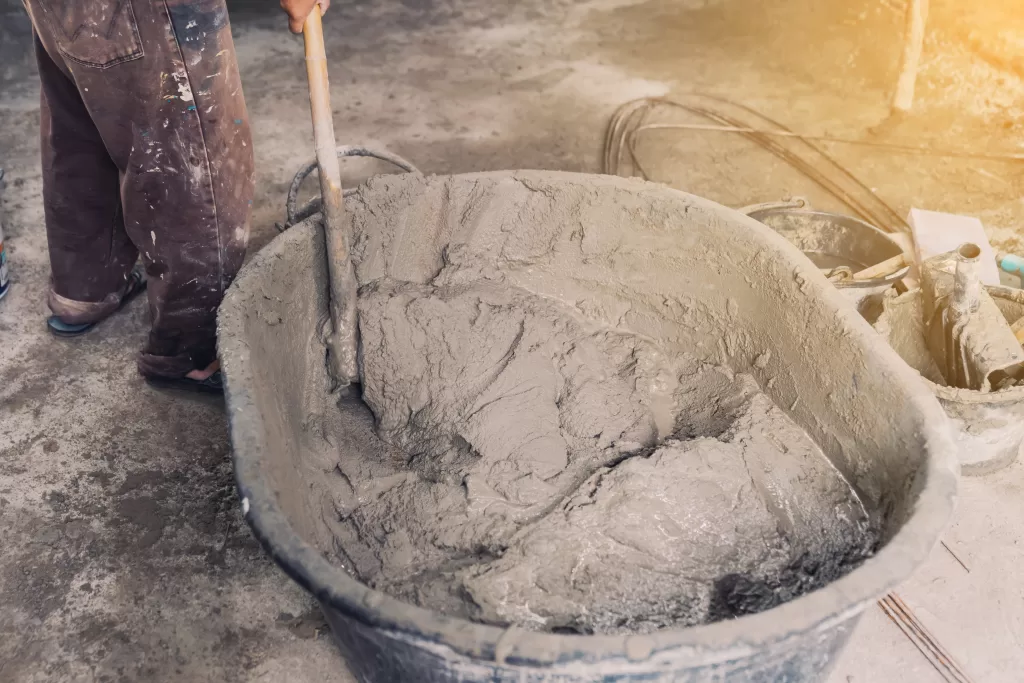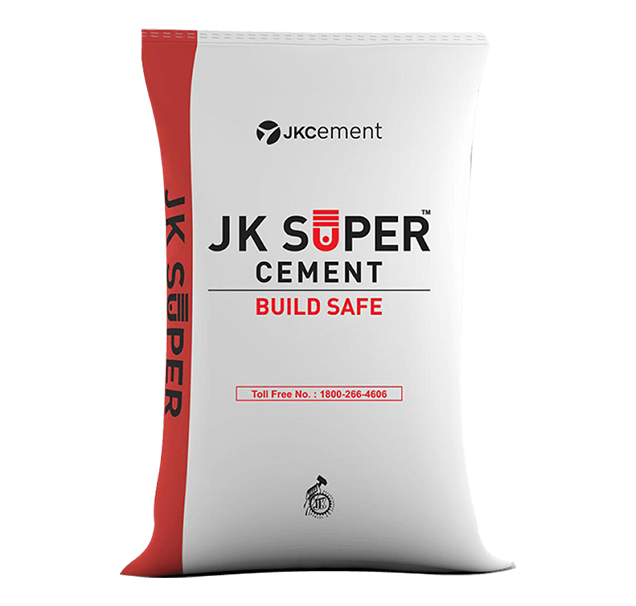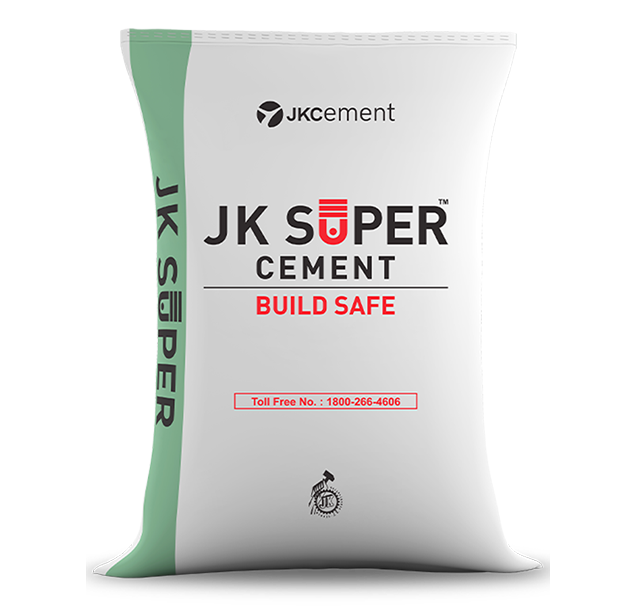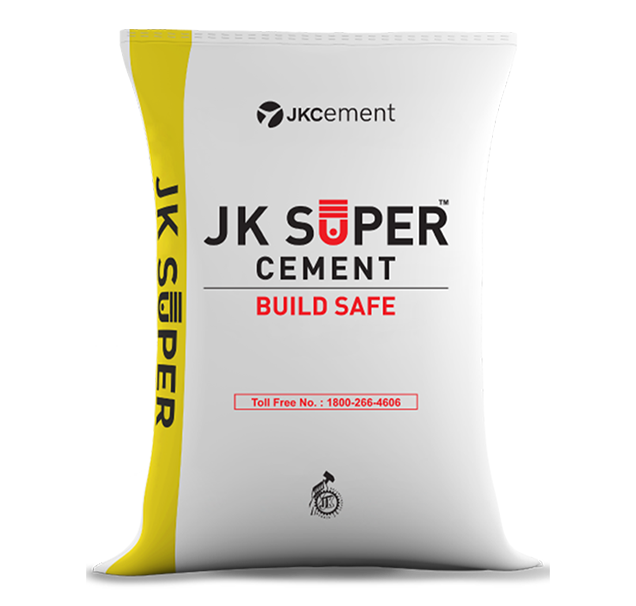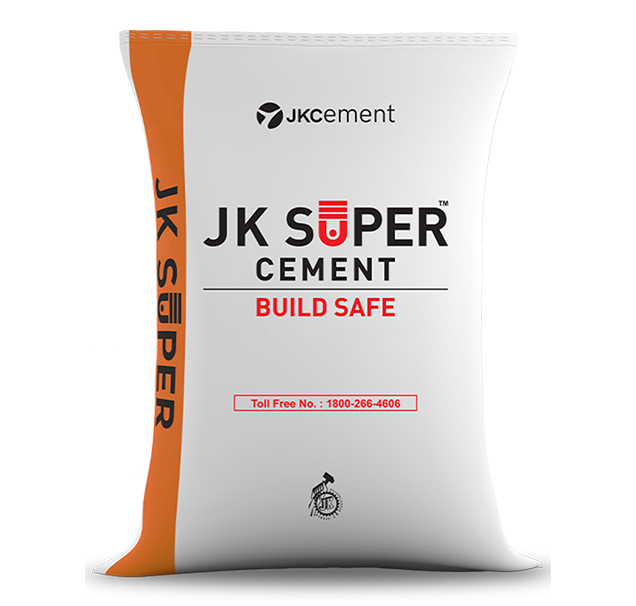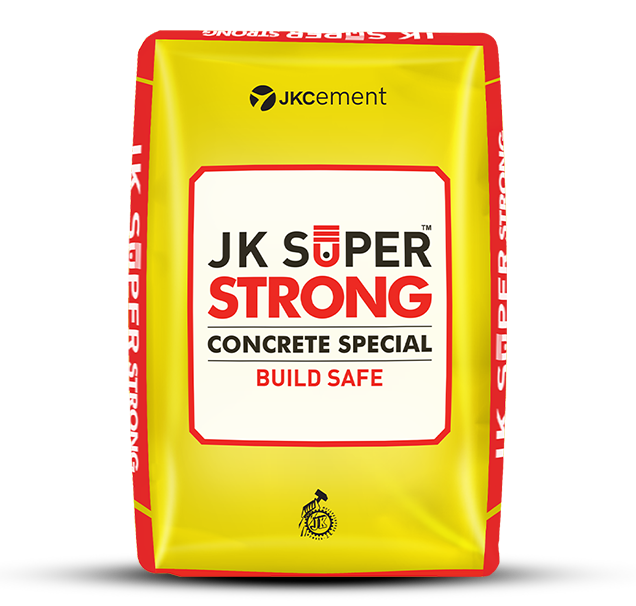Concrete is a widely used construction material. Its four main ingredients include cement, water, sand and aggregates. The cement and water form a paste that binds the sand and aggregates, and the result is a strong and hard structure that can support buildings of all shapes and sizes. Another ingredient, known as admixture, may be added to improve certain properties of concrete. You can find information on what admixture in concrete is, its uses and types.
What is an Admixture?
An admixture is a constituent of concrete or mortar to modify one or more properties of the concrete in its plastic or hardened state. It is typically added to the concrete batch before or during its mixing.
What are the Uses of Admixtures?
Admixtures are widely used in the following circumstances:
-
- Admixtures are used in specialised jobs like pre-stressed concrete bridges and precast concrete elements like beams, columns, floors, walls, etc. These jobs require high early strength and workability retention at high temperatures. When the concrete earns early strength, it releases from the precast mould which can help speed up production.
-
- You can use admixtures to increase the workability of concrete without reducing its compressive strength or increasing water-cement ratio. This can be beneficial when it comes to restricted concrete pores caused by congested reinforcement or complicated formwork.
-
- Admixtures can be used in ready-mix concrete where retarding action with high workability is necessary. This can be beneficial when concrete needs to be transported across long distances before it is placed.
-
- Concrete used in hydraulic structures, damp-proof courses, swimming pools, retaining walls, kitchen gardens, etc., needs reduced permeability. An admixture can impart permeability reduction properties to the concrete.
-
- In construction projects where high-performance concrete is required, admixtures may be added to the mix to enhance the strength at a later stage and improve the final structure’s resistance to chemical attacks.
-
- Admixture is added to concrete that is exposed to corrosion attacks from severe exposure conditions.
-
- Admixtures that enhance bonding properties can be used to bond new concrete to old concrete in patching work.
How Admixtures Impact Fresh Concrete’s Properties
Admixtures have the following effects on freshly mixed concrete:
-
- It increases the workability of concrete without adding more water.
-
- It accelerates or slows down the initial or final setting time. The initial setting time is the time elapsed between instances when water is added to cement and the paste starts to lose its plasticity. The final setting time is the time elapsed between instances when water is added to cement and the paste completely loses its plasticity.
-
- It modifies the rate of bleeding. Bleeding in concrete is the process where water is pushed upwards as free water. The free water continues to rise to the surface until the concrete has hardened.
-
- It improves pumpability of concrete. Pumpability of concrete is its capacity to be mobilised under pressure while maintaining its properties.
-
- It reduces segregation in the concrete or increases its cohesion. Segregation appears when water and cement separate due to uneven distribution of concrete constituents.
-
- It helps reduce the rate at which concrete loses its workability.
How Admixtures Impact Hardened Concrete’s Properties
When the concrete is hardened, admixtures lend the following:
-
- It accelerates the rate of strength development during the early stage.
-
- It increases strength and durability while decreasing permeability.
-
- It helps control expansion caused by the alkali-aggregate reaction.
-
- It helps improve the concrete’s bond with reinforcement or old/new concrete.
-
- It prevents corrosion of the reinforced steel bars embedded into the concrete.
Types of Chemical Admixtures
Per Indian Standard (IS) code 9103, admixtures are of the following types:
Accelerating Admixtures
Accelerating admixtures are added to concrete, mortar or grout to increase the rate of cement hydration, reduce the setting time and accelerate the hardening of concrete. This type of admixture reacts with the tri-calcium silicate component of the cement, increasing the reaction time between cement and water. Accelerating admixture helps the concrete to cure faster and in a uniform manner.
Retarding Admixtures
A retarding admixture delays the setting time of cement paste. It decreases the initial reaction rate between cement and water, consequently reducing the concrete’s setting time. The admixture coats the surface of the tri-calcium silicate components. This is beneficial when concrete needs to be transported for long distances before being placed.
Water-Reducing Admixtures
Also known as a plasticiser, this type of admixture performs two types of functions. It can either increase freshly mixed concrete’s workability without the need for additional water or maintain workability with less water. This makes the concrete more workable without compromising its compressive strength. Water-reducing admixtures can also reduce the quantity of cement required, leading to economical projects.
Superplasticising Admixtures
Superplasticisers impart high workability to concrete or allow a substantial reduction of water content for a given workability. Typical water-reducing admixtures can reduce the water requirement by 10 to 15%. However, superplasticisers can reduce the water content required by about 30%. Based on their chemical composition, superplasticisers are divided into four main categories – sulphonated melamine formaldehyde condensates, sulphonated naphthalene formaldehyde condensates, modified lignosulphonates and other sulphonic acid esters and carbohydrate esters.
Air Entraining Admixtures
Air-entraining admixtures cause air to be incorporated in the form of tiny bubbles in the concrete or mortar to increase resistance to freezing and thawing conditions. Entrained air can break the continuity of capillaries, restricting the water flow between cement particles. The bubbles act as a fine filler and increase the total surface area of the constituents relative to the water volume.
Whether you want water-resistant cement for your next pool project or Portland Pozzolana Cement (PPC) for all other housing construction projects, JK Cement has you covered.
FAQs
What is the difference between admixture and additives?
Admixture is an additional ingredient of concrete. Additives are chemical substances added to the cement at the time of manufacturing.
Can admixtures make concrete water-resistant?
A special type of admixture known as water-resistant admixture, permeability reducing admixture, etc., can make the concrete water resistant.
What are mineral admixtures?
Pozzolanic materials like fly ash, silica fume or burnt rice husk ash and granulated blast furnace slag are examples of mineral admixtures.

